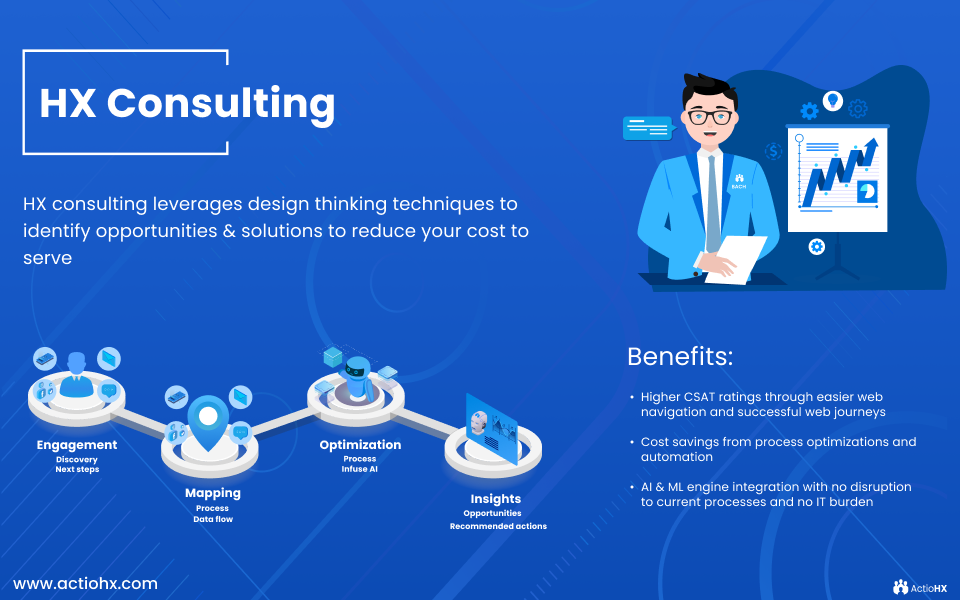For businesses, it is critical to not only obtain new customers but also to retain existing ones. Despite this, customer retention gets ignored in favor of plans geared toward new shoppers. While building a wide network works well for new clients, businesses also need to incorporate strategies for customer retention strategies that will work well for them.
What is Customer Retention?
Customer retention involves customers who deliberately pay for the products or services of a specific business more than once over a duration of time. A single loyal customer often makes several purchases in a year, ultimately making them more influential than other shoppers who buy once and never. Organizations can rely on the business of a retained customer more than a new one by making the happiness and loyalty of their existing buyers a priority.
Read more: Anatomy of Consumer Data: How is it driving Changes in Decisions for Businesses?
Why is Customer Retention Important?
For a business to become a major brand and reach the forefront of its industry, it needs to rely almost exclusively on the one-time purchase of customers in passing. After all, studies have highlighted that returning customers spend almost 67% more overtime than first-time customers.
Successfully retained customers symbolizes a meeting or exceeding expectations to an impressive degree. Customer retention is important as it helps build a strong foundation for ever-increasing earnings and enables a business to boost its brand recognition and authority. It is equally essential for building strategies to keep the company in business.
Loyal customers become their brand advocates, recommending their products or services to family, friends, and even others. For a business to thrive, it must be able to retain its customers and give them reasons to come back. It is a known fact that retaining existing customers is more cost-efficient than attracting new ones. Research has also shown that increasing the customer retention rate by almost 5% can lead to an increase of 25% to 95% in profits.
Three Rs of Customer Satisfaction
The three important Rs of customer satisfaction are critical indicators of success for an organization. Retention, related sales, and referrals help in laying the foundation for retention and growth. By monitoring and measuring the key factors, an organization can track its progress to meet customer needs and expectations.
Read more: Data Trust Can Be a Competitive Advantage: How?
Companies can easily lose track of how to increase customer satisfaction while retaining and adding new customers. They can either choose to spend time and money to gain new customers or work towards building customer loyalty. However, this mistake can cost them a lot of money in the long term.
For an organization, every customer presents a critical opportunity to grow their business. The key to successful customer retention and growth is to ensure customer satisfaction and that the business is also working to grow for the needs of its existing customers. Every new customer is helping a business to grow while retaining their current customer base.
Building a Customer Retention Strategy
A good customer retention strategy begins by identifying and understanding the customers as well as the product data in the sales funnel - from acquisition to retention. By connecting perspectives and data points from their media, customer relationship management platform, retail, and other analytics, organizations can paint a full picture of their customer behavior.
Analyzing the core acquisition analytics and customer interactions will further help in understanding how new customers are converting and which gateway products and services they are interested in purchasing. Organizations can optimize their acquisition effectiveness by using their top-of-funnel advertising creative and targeting based on the collected data.
Today, understanding how customer lifetime value is growing has become more critical than ever. This enables businesses to evaluate their permissible customer acquisition costs. With macroeconomic factors changing, brands with sound business models are not only planning for short-term timelines of growth but also incorporating measures for customer retention programs that offer a proven return on investment.
Effective Customer Retention Strategies for Growth
Creating a positive first impression with customers is critical, meaning, as a business, you have to ensure that your onboarding experience is impeccable. Customers are likely to remember any customer service issues during the initial onboarding process with a brand, such as their data not being handled correctly or not assigning a defined point of contact for a process. While a company can resolve these points of contention, it is likely to leave the customer with a negative impression.
Read more: How are Organizations Driving Innovation and Growth with More Women in Leadership?
1. Customer Trust is Everything
When it comes to building and increasing a client's trust in your business, a business needs to be aware of two things:
a) Do not assume that they trust you just because a customer buys from you.
b) Assigning dedicated time to establish and build trust.
81% of consumers believe that trust plays a momentous role in their choice to use certain services from a business. However, no business can deploy a universal strategy to gain and build customer trust overnight. They can cultivate the customer's firm belief in their products through honesty and integrity. Businesses, therefore, must offer their customers valuable services or solutions, as reliability is a critical component in developing trust.
2. Establishing a Customer Feedback Loop
Without feedback from customers, a business will not be able to notice its strengths and weaknesses. Businesses need to integrate a strategy for gathering consumer feedback in order to retain their customers. A customer feedback loop is often a useful tool. It offers businesses a method for collecting, evaluating, and disseminating client feedback.
a) Run surveys
b) Ask customers to rate the brand's services and provide vis detailed reviews.
After collecting this information, businesses can identify patterns in consumer behavior and other areas to improve their user experience.
3. Personalization is the Key
No two customers can have the exact same requirements and demands from a business. Businesses employing a cookie-cutter strategy can never satisfy their customers, who require goods and services customized to their needs or preferences. 78% of marketers believe that personalization is the key that holds an extremely strong impact and further helps in advancing client relationships.
4. Building Customer Loyalty Through Shared Values
Is your brand eco-friendly? Do you undertake measures to donate a portion of your earnings to a specific charity?
A company’s commitment to sustainability or social issues plays a critical role in customer retention. Customer loyalty increases when they identify and relate to a brand’s values. Not only should a company showcase its easily identifiable values, but it should also aim to share them with its customer base. This will help the customers to build a bond with the business and feel connected.
Read more: Trends 2023: Top Customer Experience (CX) Trends You Don't Want to Miss
Final Thoughts
In today's competitive business landscape, customer satisfaction and retention are emerging as essential components for the long-term success of any business. Brands prioritizing these factors will likely witness increased profitability, enhanced brand loyalty, and better customer advocacy. However, incorporating strategies to measure and improve customer satisfaction as well as retention rates can be a challenging task.
For businesses to succeed in this area, one effective step is to keep communication open with your customer base. This further helps in fostering a stronger relationship with them. Additionally, businesses can also track metrics, including customer churn rate, repeat purchase rate, and customer lifetime value, to gain further insights and take proactive measures to enhance the overall experience.
While some approaches may work better than others, it entirely depends on the type of strategy a business is developing and the right measures they are incorporating for customer retention. Whether building a profile or vastly overhauling your customer service, these steps are critical for improving customer experience as satisfied customers will come back, and dissatisfied customers may or may not.





























